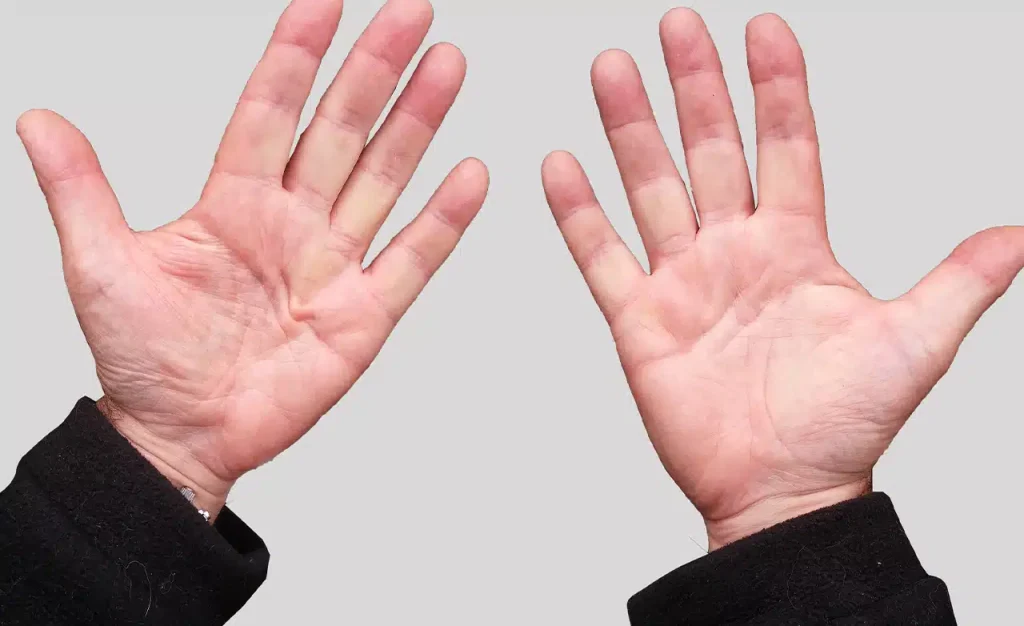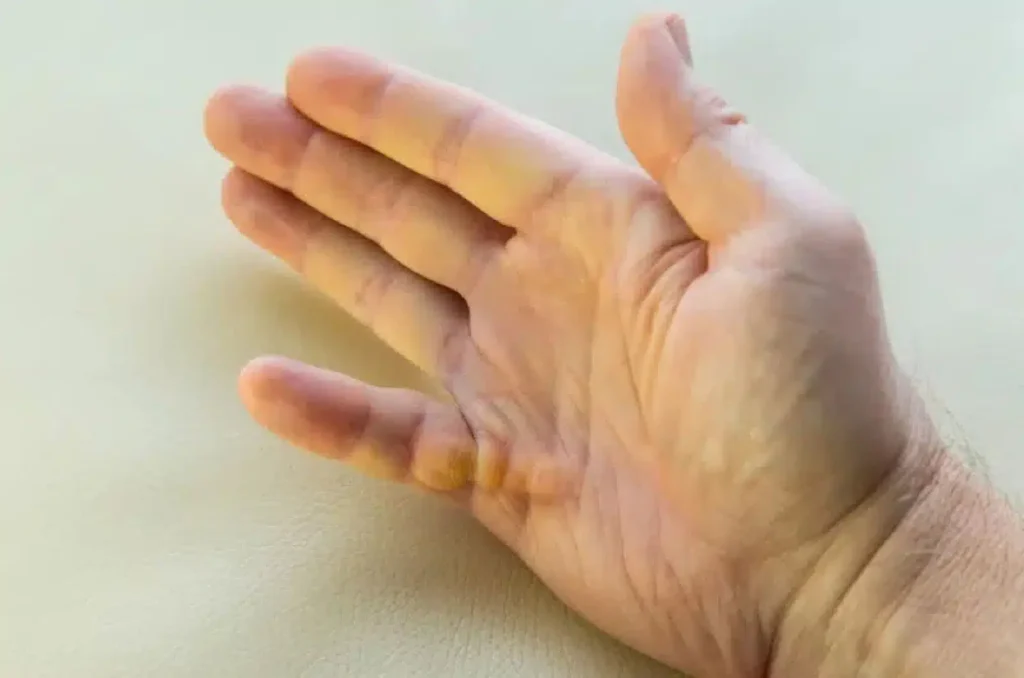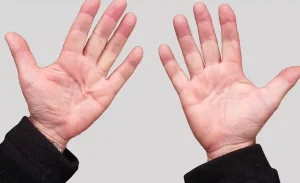Dupuytren’s disease is a progressive condition that affects the hand, causing a thickening of the connective tissue inside the palm (known as the aponeurosis). This condition leads to the progressive flexion of the fingers, making hand use increasingly difficult and compromising the patient’s quality of life and independence.
The primary intervention is surgical, where the tissues responsible for finger movement are released.
Goals of Occupational Therapy
In the early stages of the condition, occupational therapy aims to slow its progression, working to preserve finger mobility for as long as possible.
After surgery, the occupational therapist focuses on restoring and improving hand function, helping the patient regain autonomy.
Main goals include:
- Maintaining and improving finger mobility to prevent stiffness or adhesions after surgery.
- Reducing pain and swelling through massage and bandaging techniques.
- Treating scars with manual therapy.
- Identifying specific aids when necessary.
- Restoring strength, which may be reduced after surgery.
Occupational Therapy Treatments
Treatment focuses on maintaining hand function and tissue elasticity.
If surgery is required, occupational therapy aims to prevent post-operative complications or relapses, following specific procedures such as:
- Splinting: custom-made splints are fundamental, especially in the initial phase, to keep the hand in the correct position and prevent finger limitations caused by skin retraction and scar consolidation.
- Passive and active mobilization exercises, to promote finger flexion and extension.
- Massage and stretching, to reduce scar adhesions and support proper tissue healing.
- Fine motor training, aimed at regaining manual skills such as grasping objects, tying shoes, or writing.
Conclusion
Occupational therapy plays a crucial role in recovering and maintaining hand function, which is essential for preserving independence.
A structured rehabilitation program helps restore hand mobility, reduces the risk of recurrence, and improves the patient’s quality of life.


Have you been diagnosed with Dupuytren’s disease or do you recognize yourself in the symptoms described? Reach out to our team of specialists for professional support.


